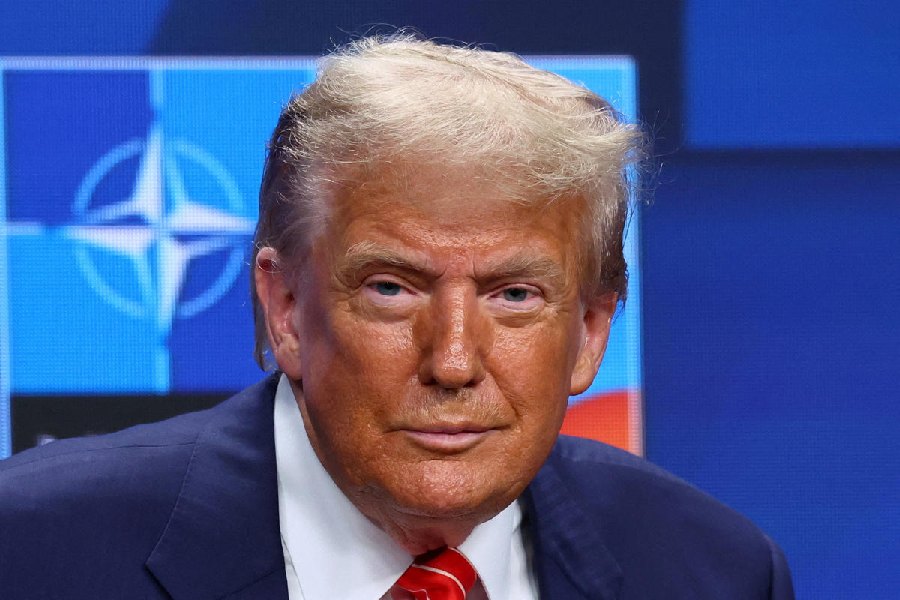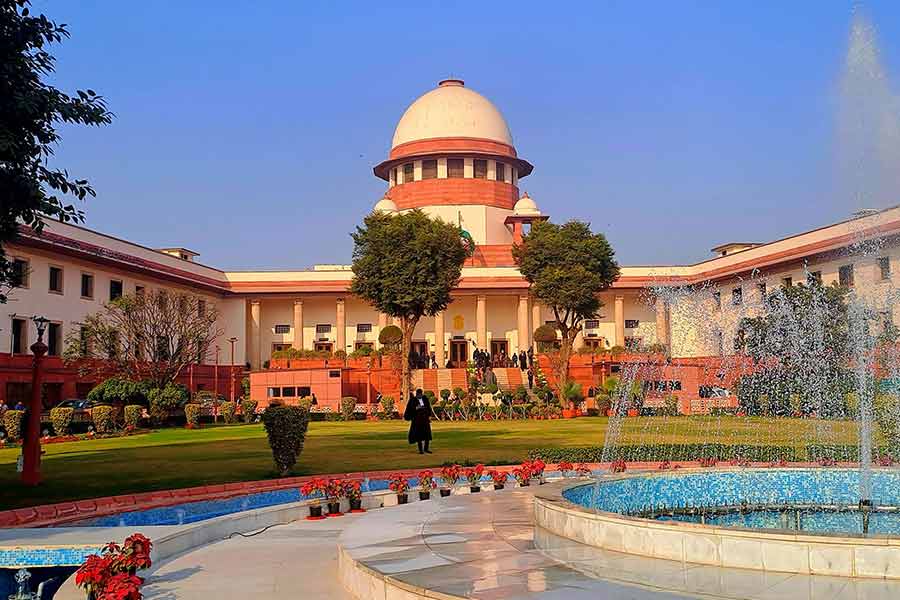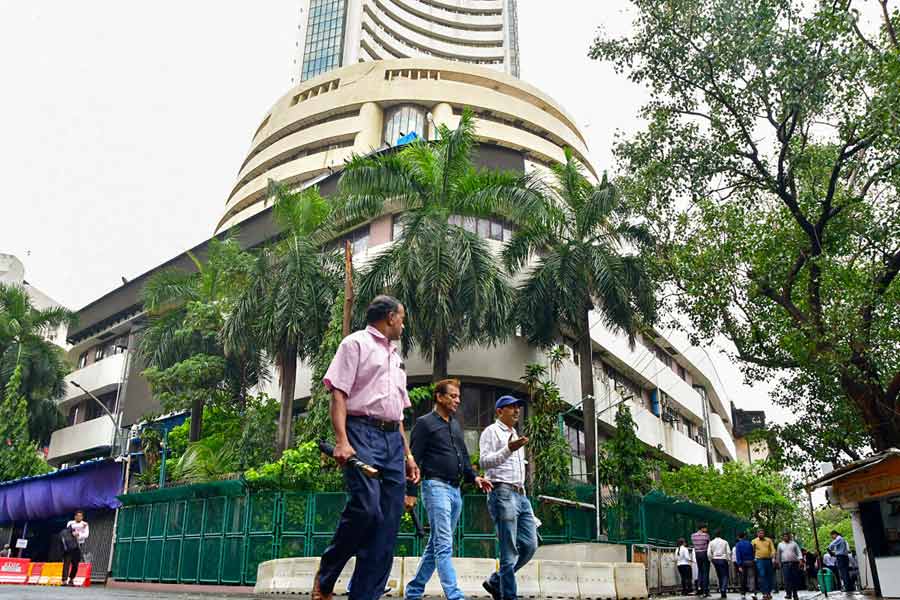 |
A scene in Satyajit Ray’s Pratidwandi (1970) made an abiding impression on me when I first watched it. The protagonist is asked during a corporate job interview what he considers the most outstanding and significant event of the last decade. His answer is the Vietnam war, because, as he explains to his stunned and disapproving questioners, of the “the plain human courage and the extraordinary power of resistance of the Vietnamese peasant”. His opinion elicits the almost menacing enquiry, “Are you a Communist?”
You didn’t have to be a Communist in the Calcutta of the early 70s to know (or endorse) the “Aamar Naam, Tomar Naam, Vietnam” chant. News reports conveyed the admirable and agonizing courage and resistance of the Vietnamese combating the relentless assault of American military might for more than a decade. To defend a feeble South Vietnamese regime, the United States deployed all its formidable, sophisticated firepower from land, sea and air against the Communist North Vietnamese forces and the southern Viet Cong guerrillas. Millions of Vietnamese combatants and civilians were killed, maimed and displaced; the land was ravaged by munitions and chemicals; cities and harbours carpet-bombed. It is estimated that three times the tonnage of bombs were dropped on Vietnam than during the entire World War II.
Yet America was defeated— by the North’s brilliant military strategy and the tenacity of Vietnamese fighters, many of them peasants. In April 1975, North Vietnamese forces finally captured the south and the country was reunified. Deflated American power made its ignominious retreat in helicopter airlifts from the roof top of Saigon’s US embassy. For decades, the US seemed to sulk, refusing recognition to the Hanoi government till President Clinton restored diplomatic links in 1995.
I recently travelled to Vietnam with my family, and even as tourists skimming the surface, we found traces of its war history, its approach to that history, the post-war restorations and advances, relevant for conflicts currently raging. For our times, perhaps for all times, Vietnam is a reminder of people’s indomitable will and capacity to resist military occupation. Forgetting this and the futility of supporting corrupt, unpopular regimes, America blundered in Iraq and Afghanistan; Israel keeps pummeling the Palestinians and is outraged that they keep rising up.
More intriguing is how Vietnam has healed, or lanced, its past wounds to ameliorate its present. Numerous American war veterans have returned to Vietnam, hoping to expiate guilt and trauma, expecting reproach and animosity. Instead they were baffled by the absence of rancour from the Vietnamese and the warm reception in the homes of their former foes with food, humble gifts and solicitousness. One veteran claims to have been told by an old peasant woman survivor of the My Lai massacre, “We have forgiven you, but can you forgive yourself?”
In American films and books about the war, the Vietnamese are usually stereotyped as sinister subversives, pliant prostitutes or mute victims. The focus is on American soldiers, stumbling in a bewildered, drug-infused haze in sweltering jungles and swamps, committing atrocities out of desperation. Such perilous and enemy-infested locales seemed innocuous and scenic to us as we passed by paddy-fields and even trudged forested hills. But flying from the once-bristling American base of Da Nang (now gateway to sandy seaside resorts) to Ho Chi Minh City, one could see the stretches of stark red hill-tops, denuded, perhaps in perpetuity, of all vegetation by air-dropped defoliants.
Tourists can visit Vietnam’s tribute to its protracted struggles against French colonialism and American aggression at numerous commemorative sites — imposing museums, the extraordinary network of tunnels arduously created and ingenuously operated by Viet Cong to conduct their agile, effective guerrilla campaign; the reconstructed cells of the French-era prison, renamed the “Hanoi Hilton” by American servicemen later held captive; or the devastated village of the My Lai massacre.
Ho Chi Minh’s Museum in Hanoi meticulously chronicles the leader’s life and deeds with documents, artifacts, installations in a gleaming, modern, dynamic space that is clearly enjoyed by the many local Vietnamese visitors. Under Hanoi’s historic 11th-century citadel, a display of captured tanks and aircraft is dominated by an immense pyramid sculpture made by a local artist out of wrecked enemy plane parts. Most striking is an enormous black-and-white photograph of a slender, young Viet Cong woman dragging the wing of an American plane across a beach. In her resolve and assurance one sees most vividly why the Vietnamese prevailed in successive wars — against the French, the Americans and even a major Chinese incursion in 1979.
The materials assembled and memorialized in museums seem to advance the same message: after the struggle and sacrifices, they won and reclaimed their nation. Victory and vindication are unaccompanied by vengefulness; nor do they embrace a victimhood that clamours for endless assuagement or redress.
This Vietnamese forgiveness or disinclination to nurse grievances are sometimes explained by their adherence to Buddhist beliefs. Yes, in this supposedly Communist country, Buddhist worship is ubiquitous — in elegant pagodas, in tiny shrines tucked in corners of the most modern hotels and shops. But more pragmatic reasons perhaps attend the Buddhist benevolence. The demands of reunification after the war may have dictated a speedy absolution of past wounds. The civil war created bitter divisions between north and south, and the vanquished also included the Vietnamese. In the immediate aftermath, fearful South Vietnamese fled the country; others considered as collaborators were punished or sent for re-education. But soon Vietnam needed to mobilize against external enemies — encroaching Khmer Rouge and Chinese.
An astonishing proportion of Americans are regular visitors to the famed Cu Chi tunnels — part of the 280-km-long, intricate network of underground tunnels just outside Ho Chi Minh City — through which Viet Cong fighters (many of them peasants by day) attacked and eluded the Americans. When the guide explains that vicious metal traps meant to impale and lacerate American soldiers were made with shrapnel from American weaponry, he reveals no spite or gloating; mainly pride in “our” skill and invincibility. American tourists obligingly enter the once-dreaded tunnels, which have now been broadened to fit their First World girths.
The Water Puppets Theatre in Hanoi also attracts tourists, but for sparkling entertainment totally unrelated to wars. The stage, covered in green translucent water, is flanked by singers and musicians in traditional costumes. Against the backdrop of a large temple façade, brightly-coloured wooden puppets dance and leap and dive in the water with exuberance and grace. Fire-breathing dragons, bejeweled princesses, ducks and boats all enact folk-tales, harvest and festival scenes. This uniquely North Vietnamese art-form emerged in the 11th century, when rice-fields were flooded and farmers entertained each other by standing waist-deep in water and jiggling their puppets. Fields may be flooded, but they germinated an art form. For me the ebullient spectacle in the Hanoi theatre added a further dimension to Pratidwandi’s conviction about the Vietnamese peasant’s “extraordinary courage and resistance”.










